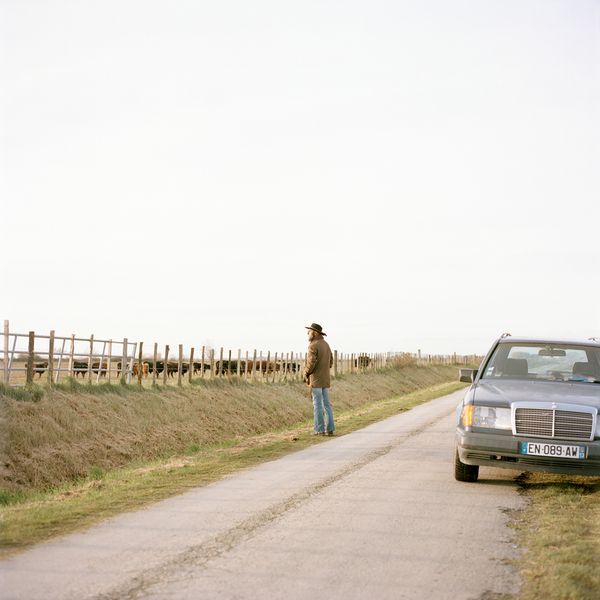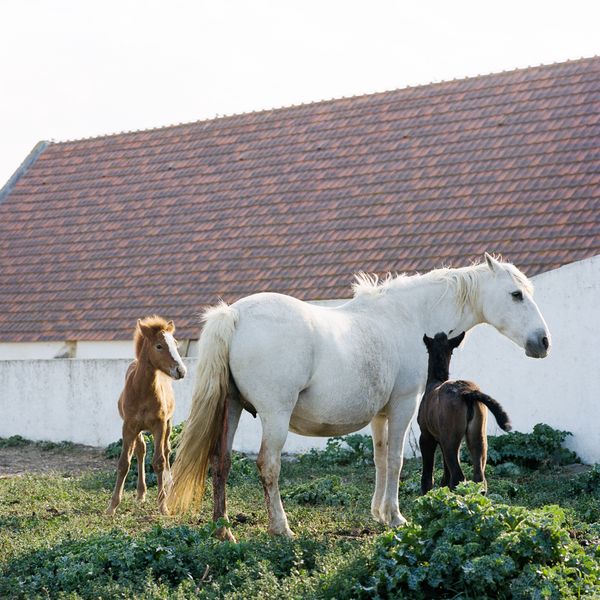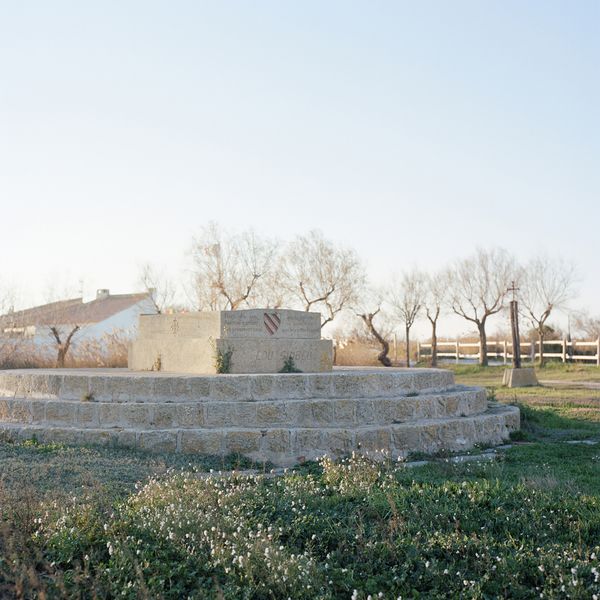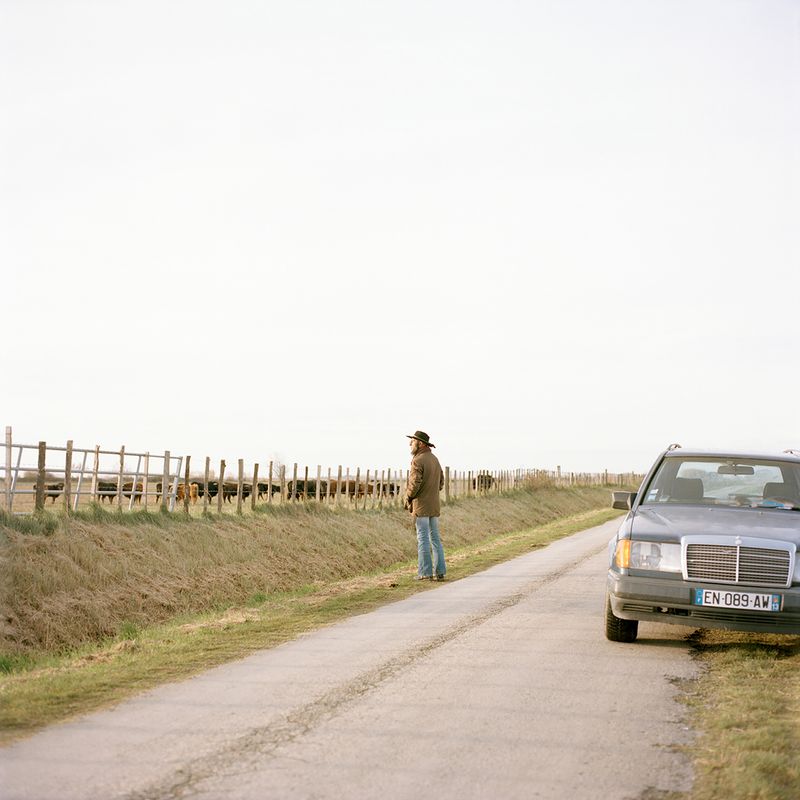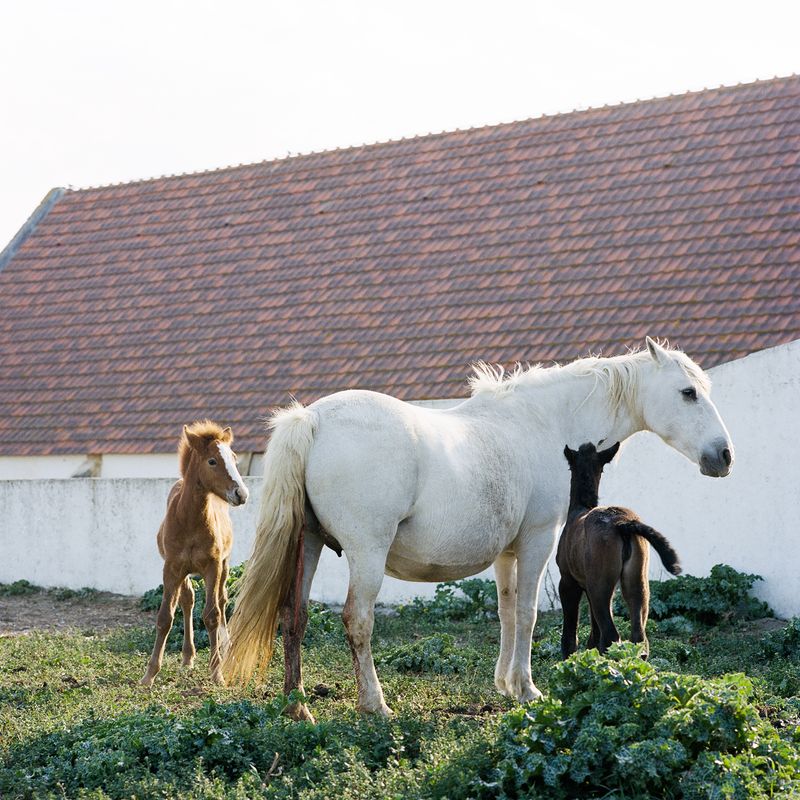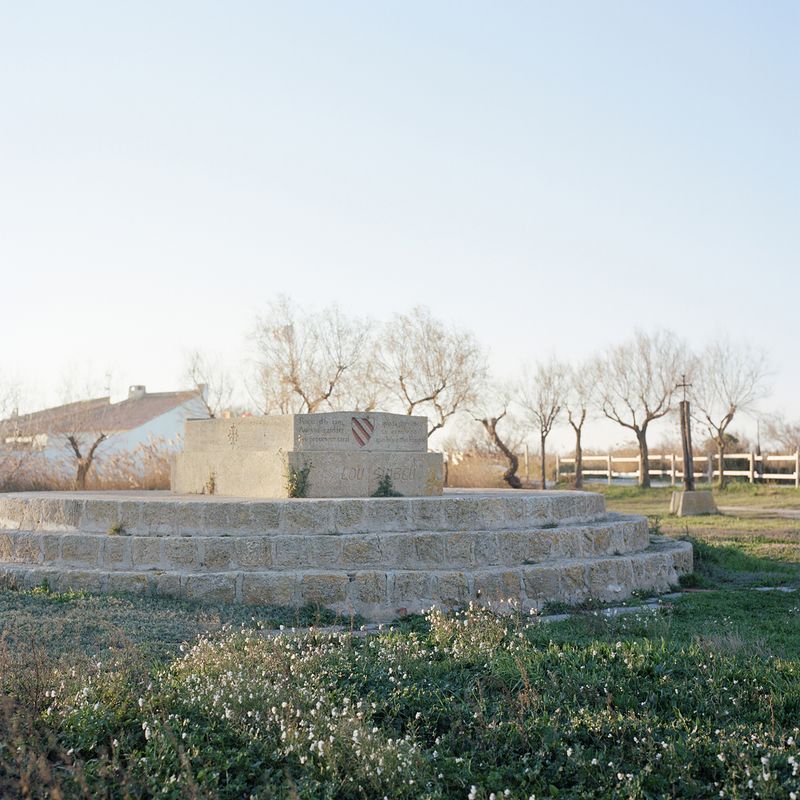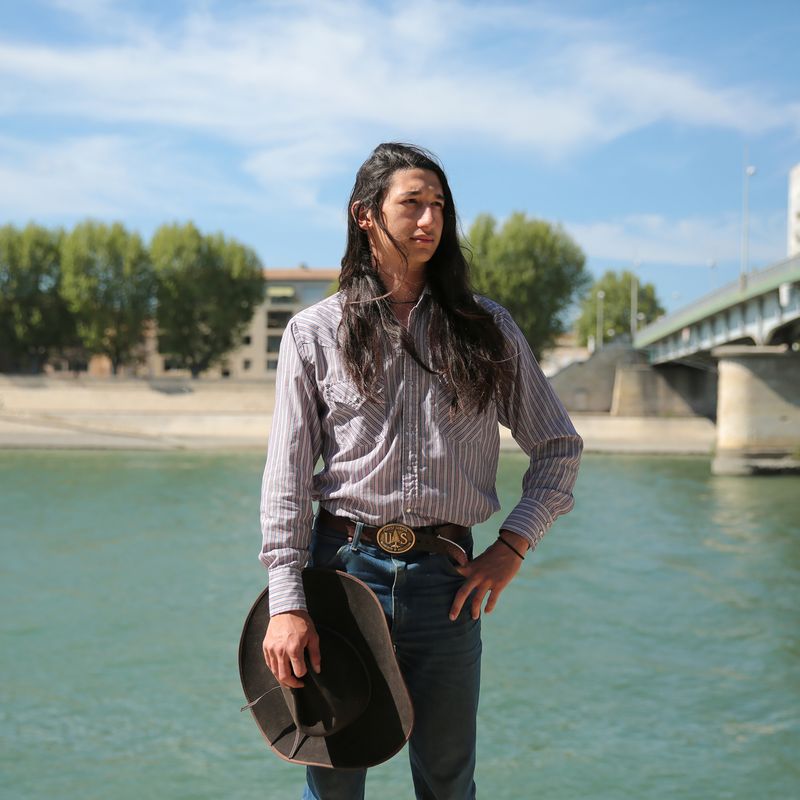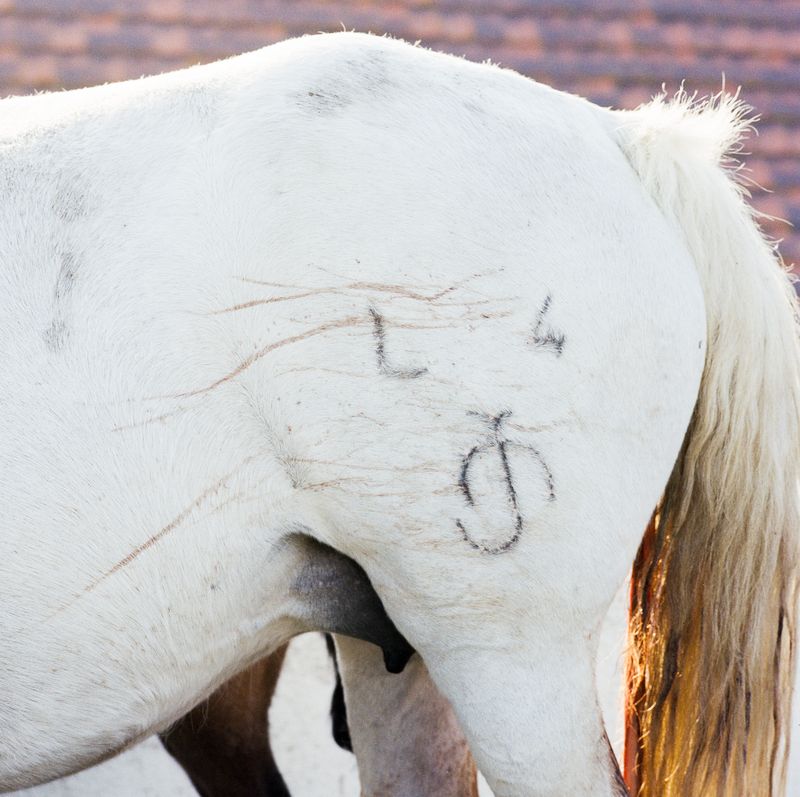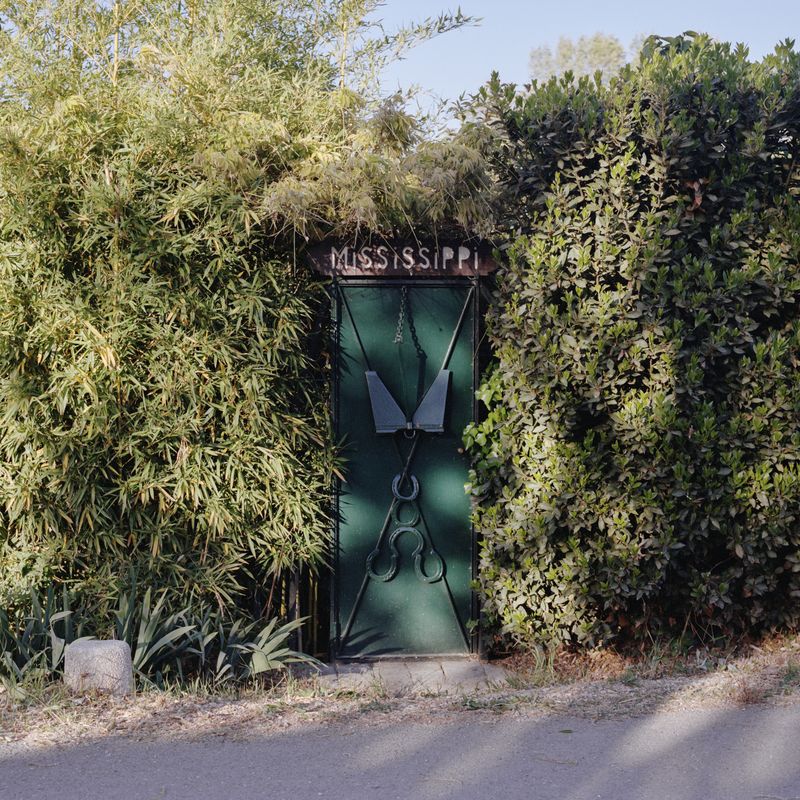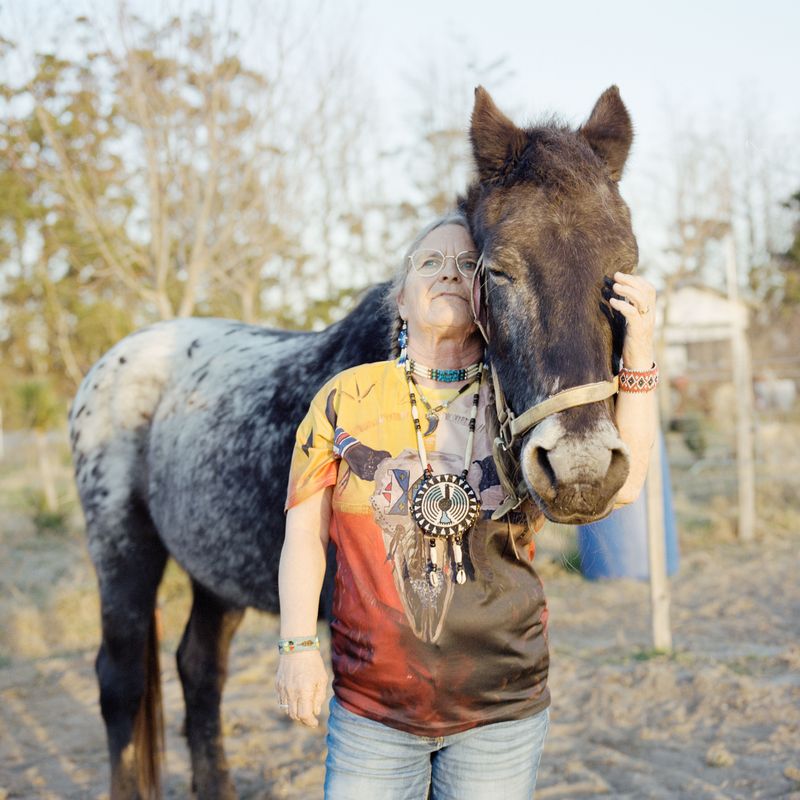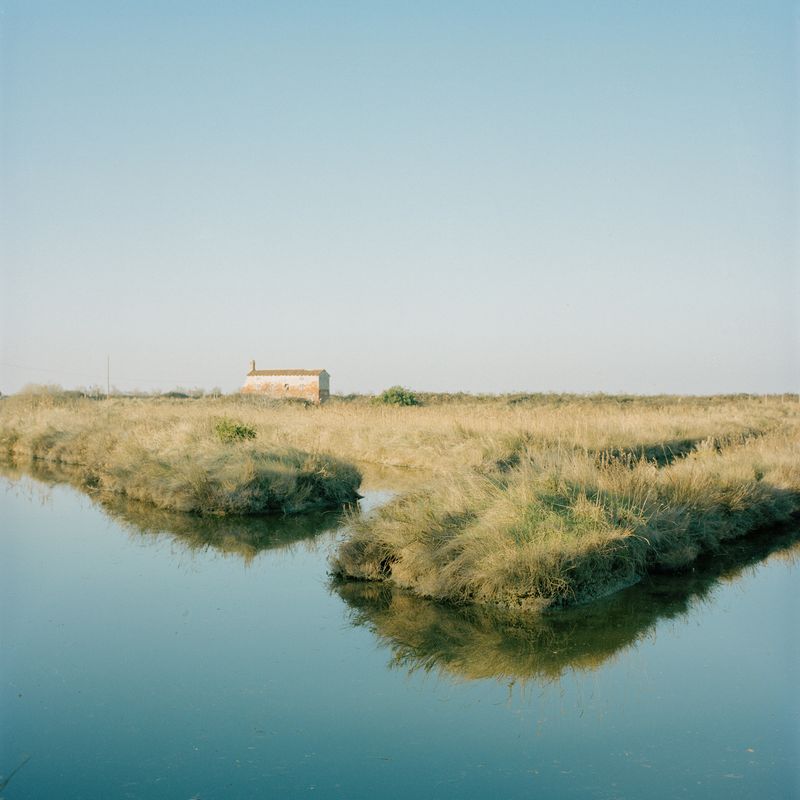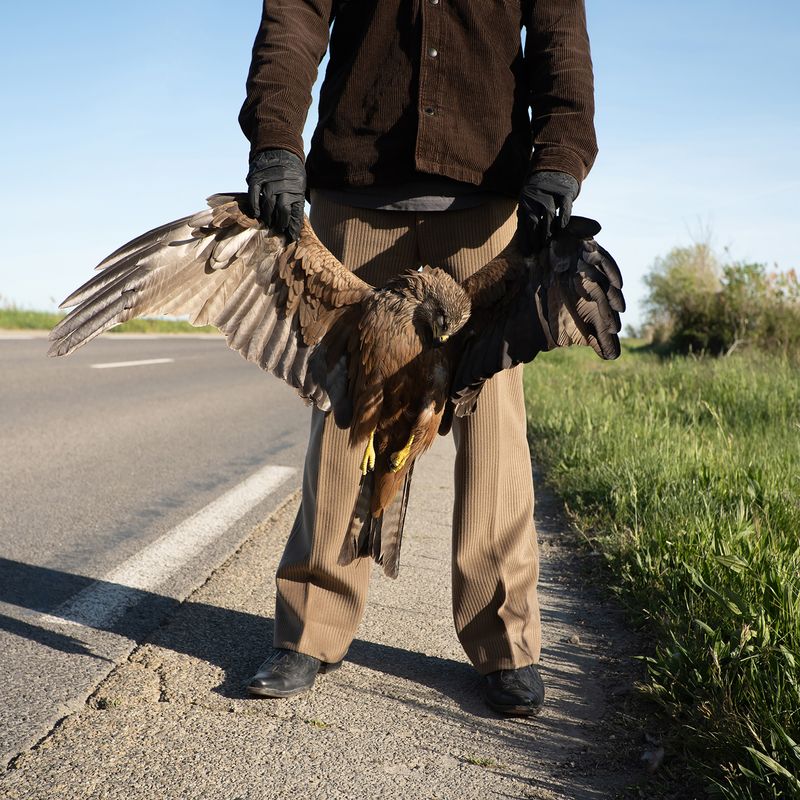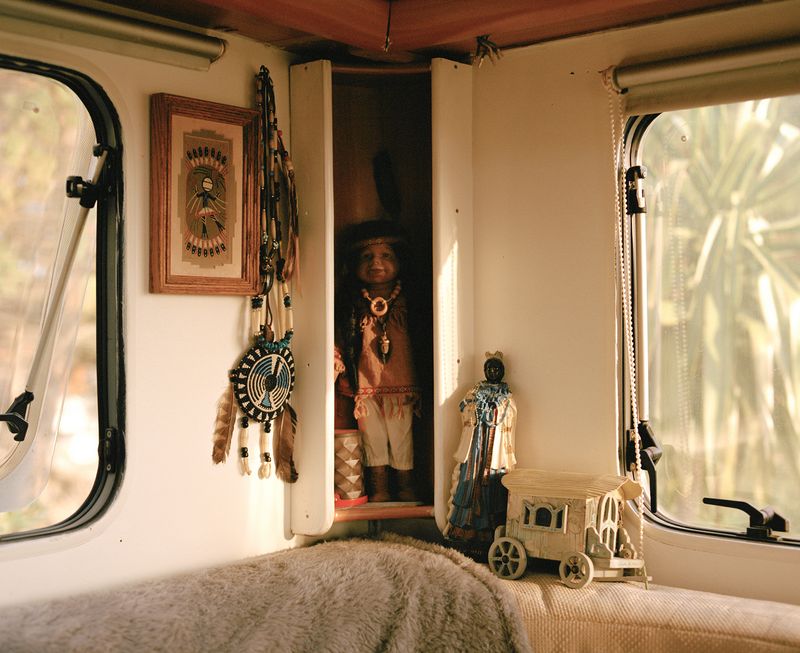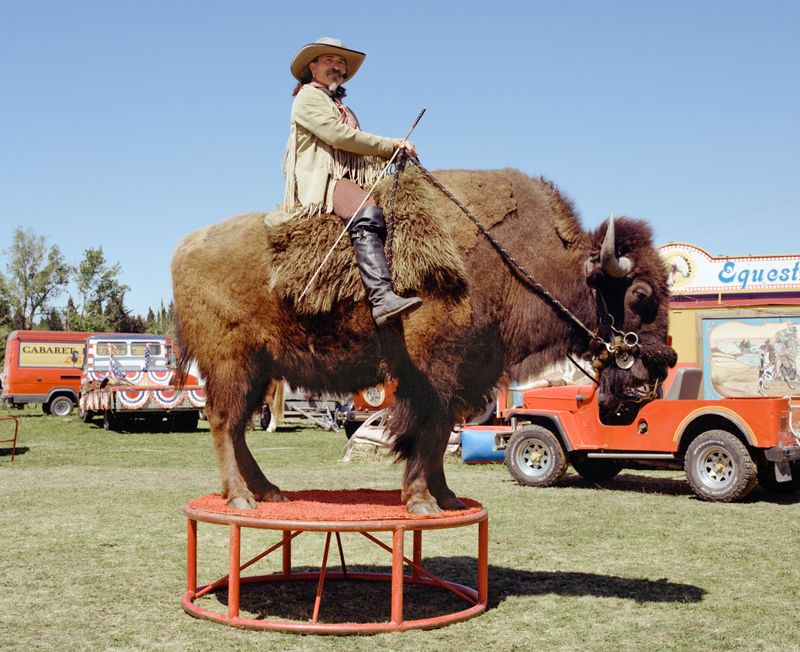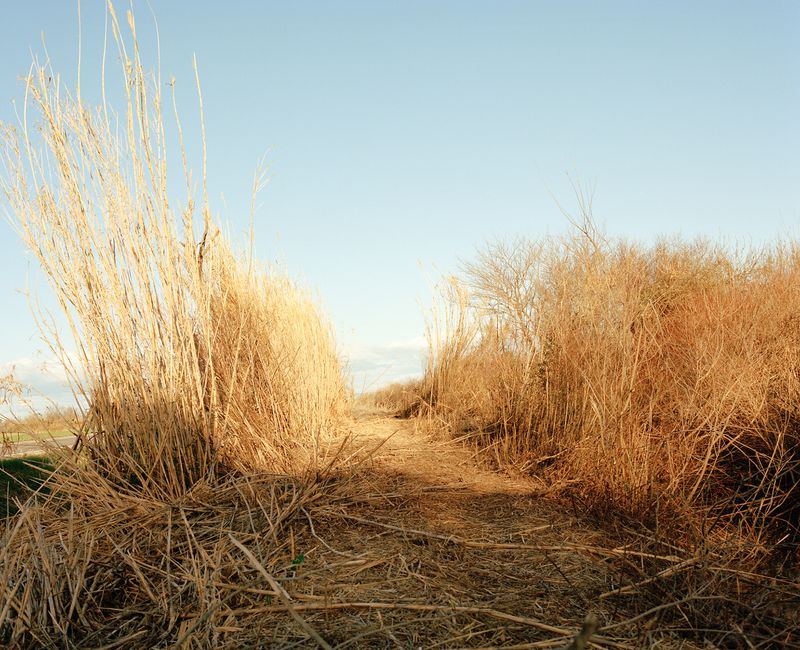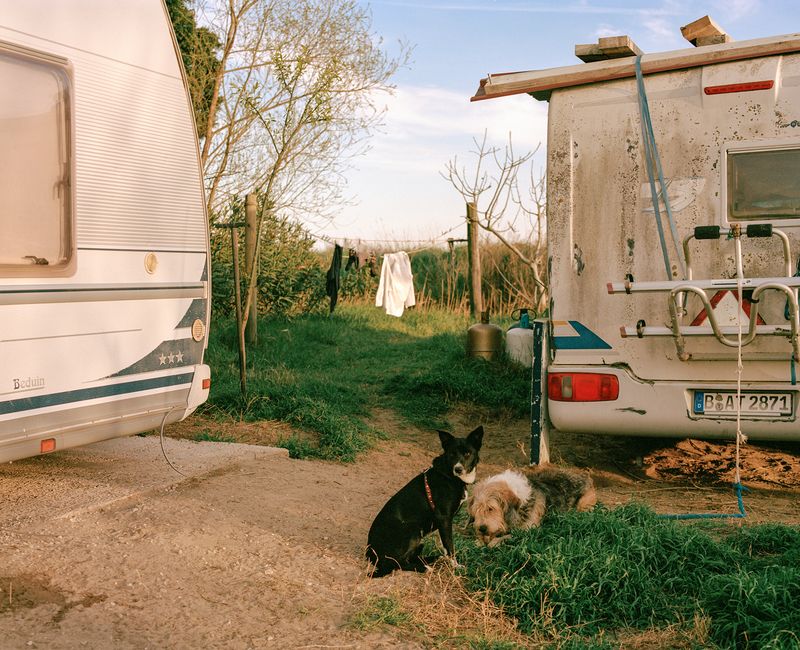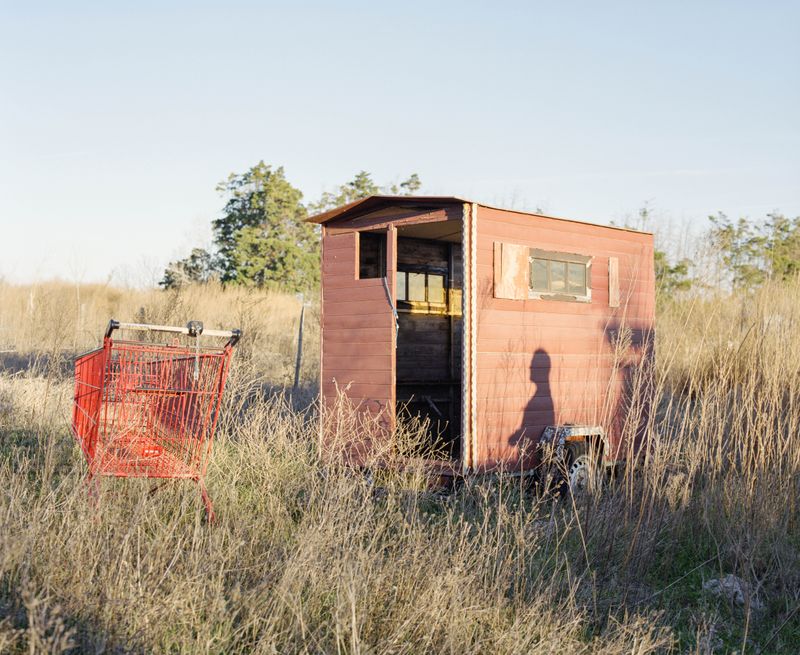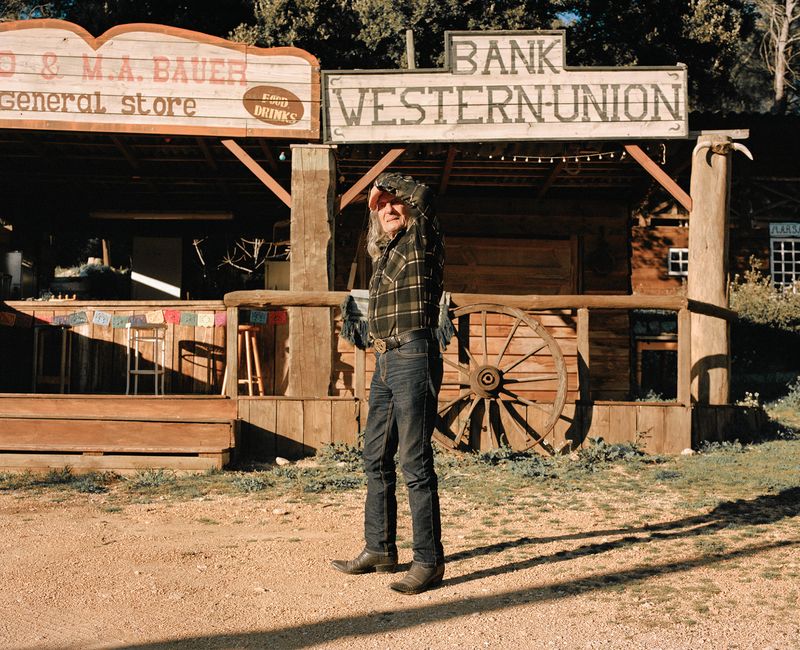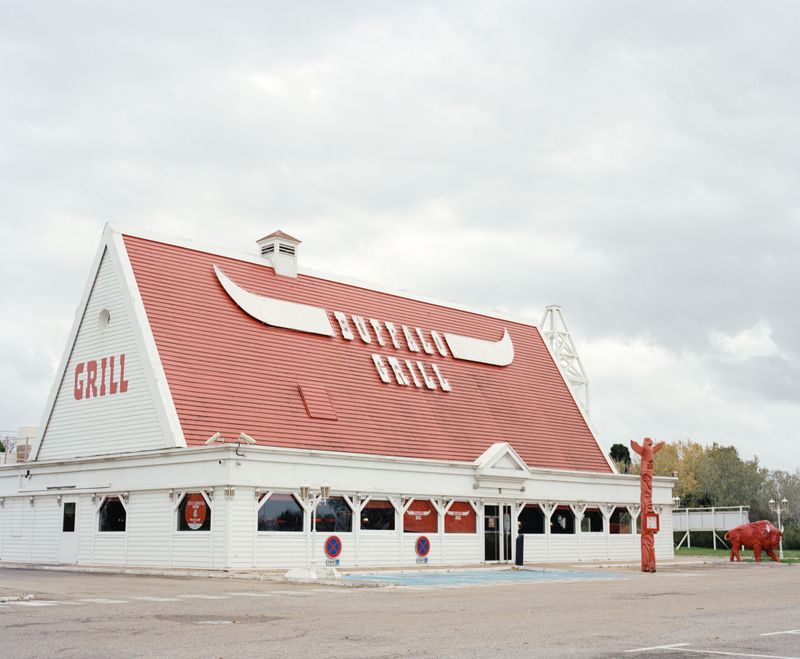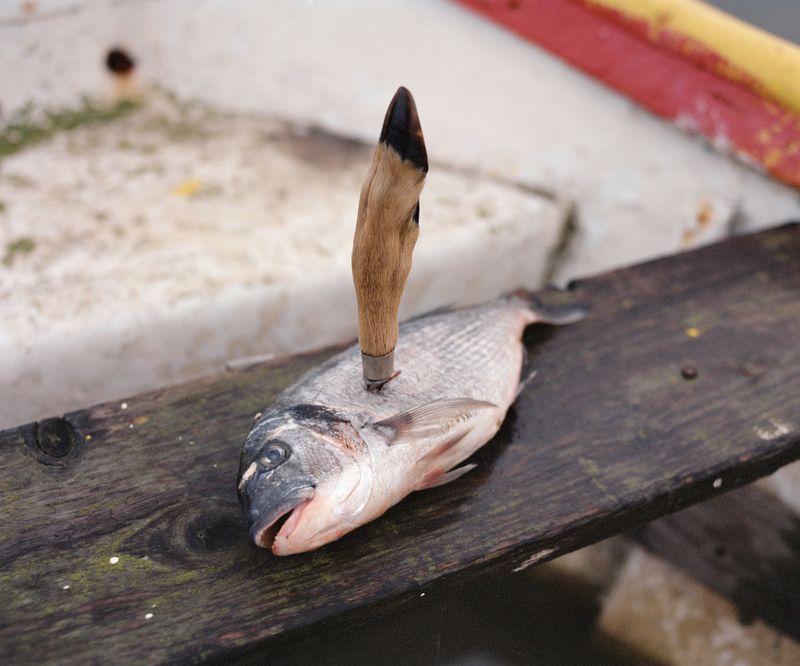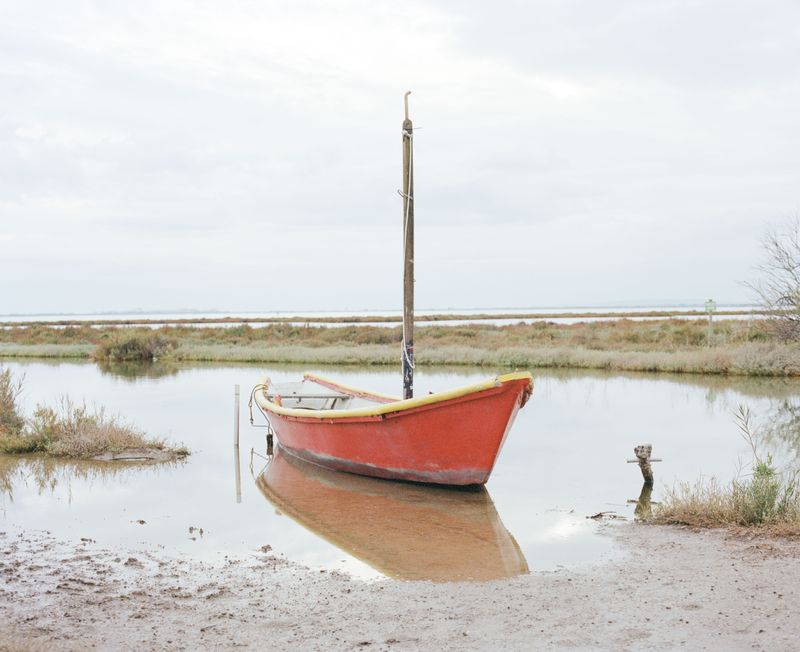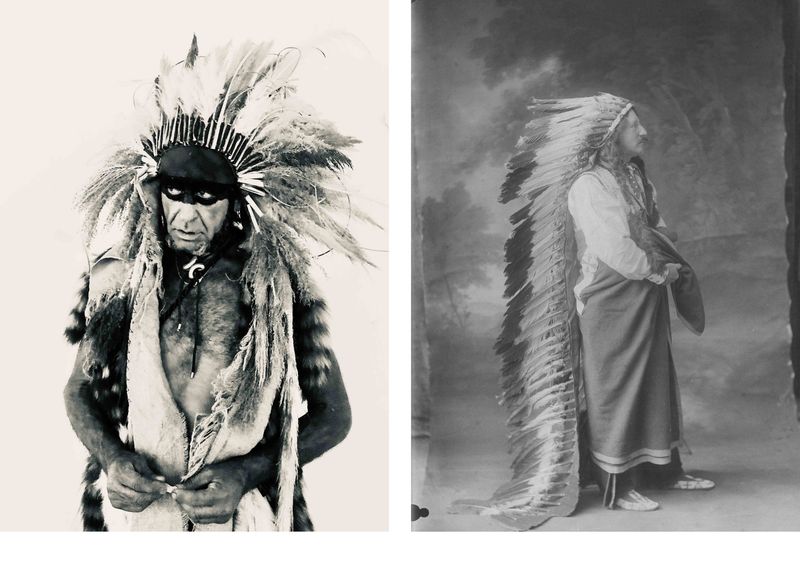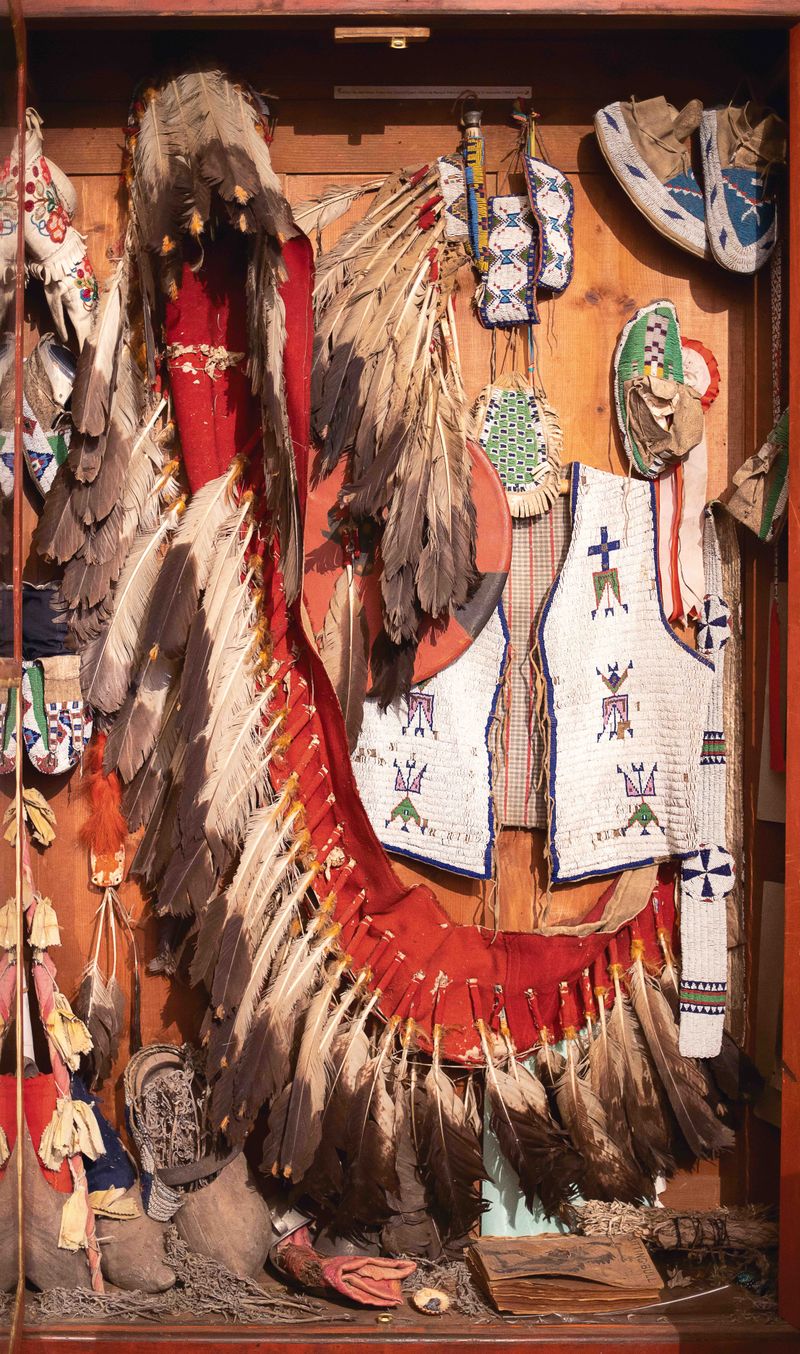Beyond sighs and shadows
-
Dates2022 - Ongoing
-
Author
- Topics Archive, Contemporary Issues, Documentary
- Locations Arles, France, Saintes-Maries-de-la-Mer
Are there still Indians in Camargue ? Buffalo Bill’s show turned this land into a Western stage. I track these elusive ghosts, navigating between myths, archives, and unexpected encounters, on a detective-like quest where fiction quietly invades reality.
Are there still Indians in Camargue ?
A hundred years ago, a group of Sioux Indians arrived in the south of France with Buffalo Bill’s Wild West Show and developed an epistolary friendship—often imaginative—with the Marquis Folco de Baroncelli, a poet, cattle breeder, and the spiritual father of the Camargue as we know it today.
Fascinated by the mystery of this ancient people, the Marquis believed an invisible thread linked the destinies of the Sioux and the Camarguais, to the point of imagining himself as a Sioux in a past life. Enchanted by this vision, Baroncelli reshaped his land, drawing on Native American imagery and transforming the Camargue into an extension of the romantic, exotic, and contradictory Far West represented by Buffalo Bill. Over time, it became a cinematic western landscape, populated by local cowboys. The echoes of this myth remain imprinted on the land today.
The Camargue itself becomes a fictional cartography, where every story is infused with poetry, a hunting ground for an illusory quest in which the object sought belongs more to the realm of dreams than to reality. The figure of the Indian—mythical and enigmatic—serves as a key to better understanding this land, with its contradictions, aspirations, and fragilities.
I set off in search of these phantoms of Indians—like a savage detective—who at times falsifies his own evidence and lets himself be seduced by the lightness of lies. Other narratives emerge, and new stories become possible, within a territory that is itself a fictional construct. I encounter characters—an ex-legionnaire turned cowboy, a false Buffalo Bill, an amnesiac Polish fakir—who feed this story and orbit around it. Refugees in a form of insularity, they reinvent themselves through different masks, shapes, and dreams, navigating a world that often feels absurd and painful.
I began this project alongside a man who truly believed there could still be Indians in the Camargue. Though the odds were slim, I trusted his heart, for like the first poets, he could summon into existence that which he dreamed.
Rather than fabricating myths, I engage in their ludic fictionalization—adapting and shifting their meaning to reflect the contemporary world. Like a detective investigating obsessions, illusions, and metamorphoses, I develop an inquiry where storytelling becomes a game of mirrors, revealing the cracks between truth and myth. Searching without finding is the essence of narration, and the only way forward is to embrace the quest itself as eternal.
At its core, this project suggests that storytelling—especially in a ludic dimension—can offer a kind of repair for the world, or at least a way to endure it. But it is all a matter of dosage. As Plato said, every narrative is pharmakon : in small doses, a remedy ; in large doses, a poison.
"Beyond Sighs and Shadows" is a multidisciplinary project, combining archives (letters, contracts, poems, films, photographs, books), found objects from the quest, a novel and over fifty medium-format photographs.
